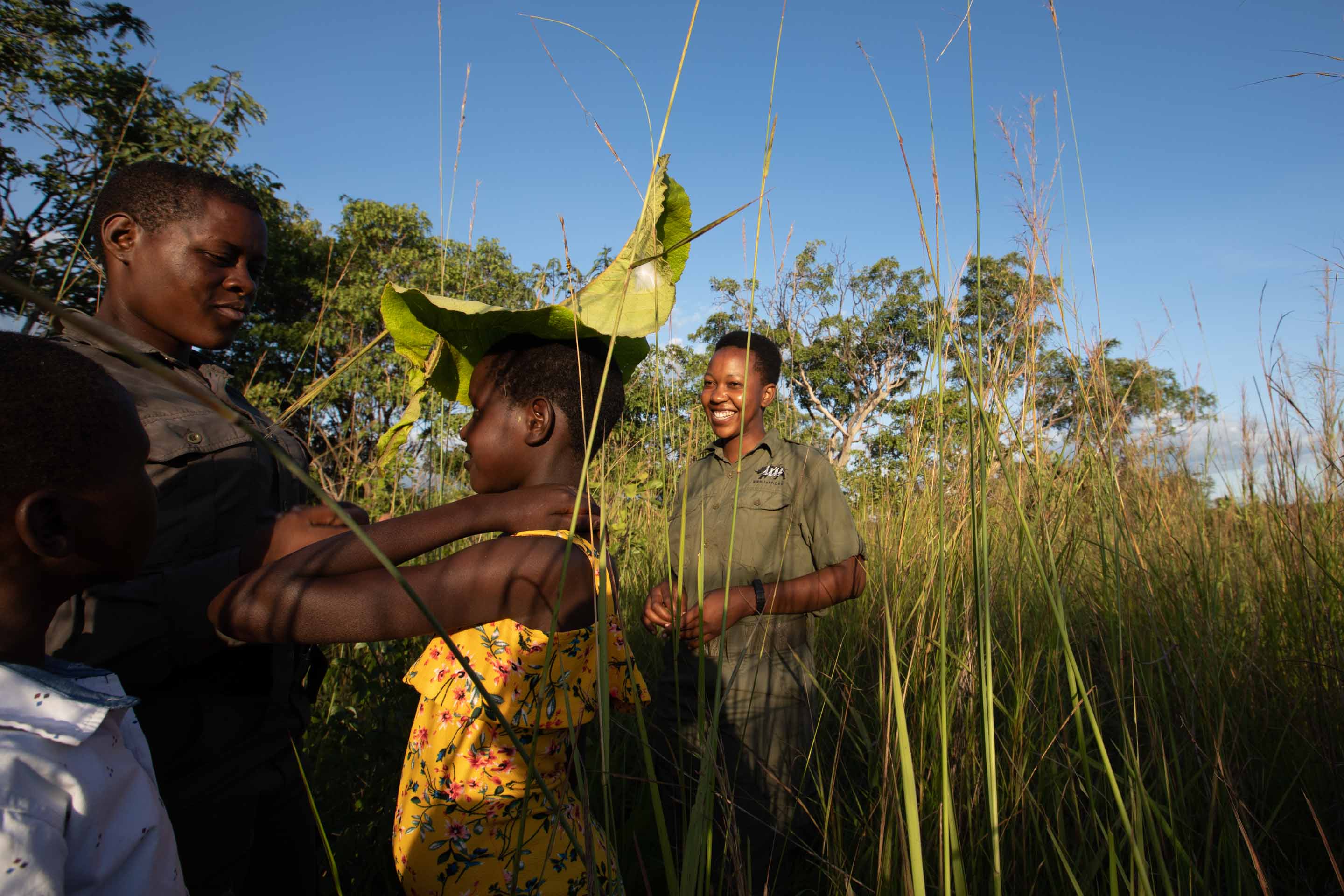The Zambezi River is Africa’s fourth largest, passing through six countries on its way to the Indian Ocean. The river enters Zimbabwe at iconic Victoria Falls, running along the country’s northern boundary to form Lake Kariba – the world’s largest man-made dam by volume – before crossing into Mozambique.
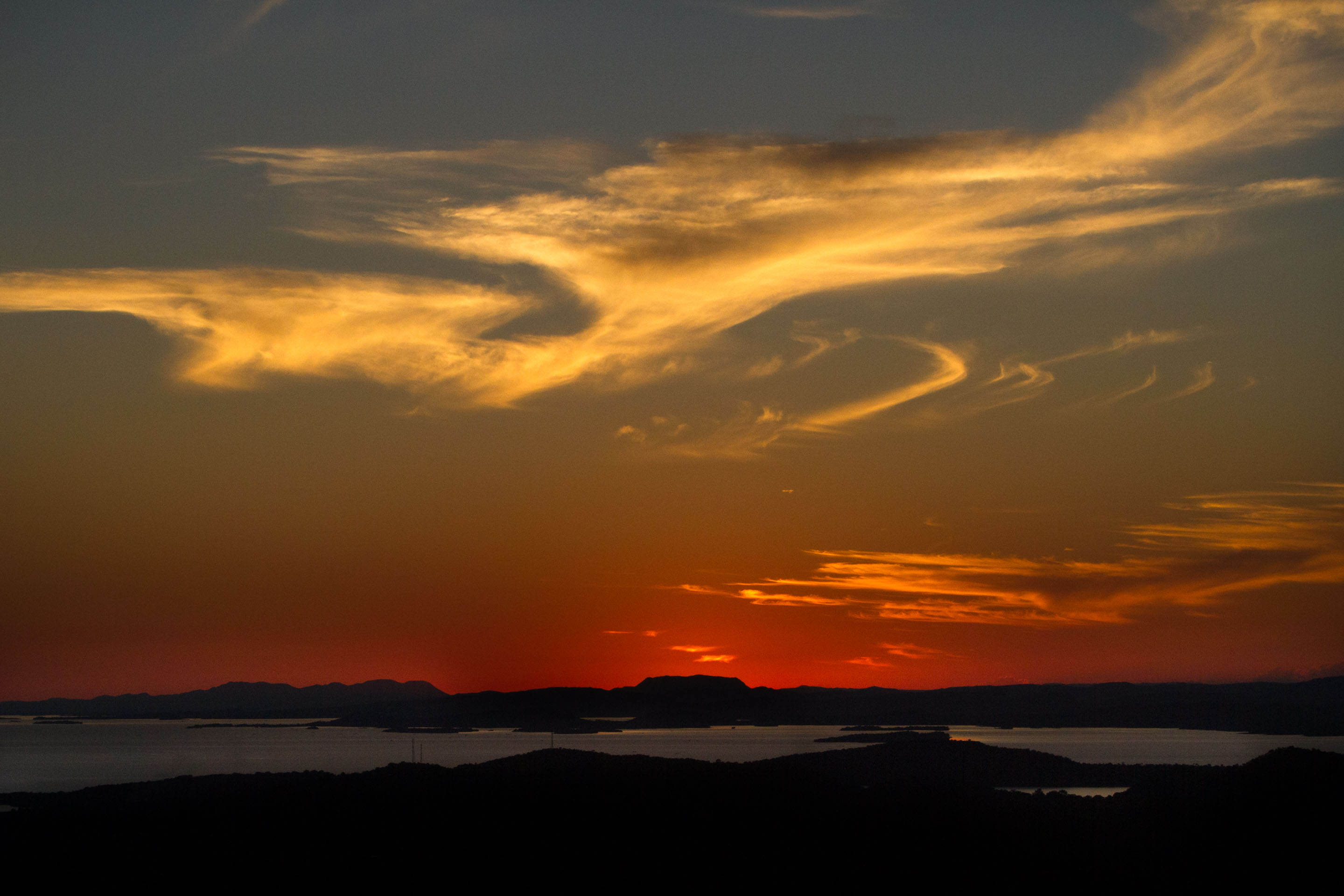
Zimbabwe’s Tonga people, who are the original riverine inhabitants of the Zambezi River Valley, say that its name derives from Kasambabezi, meaning, ‘only those who know the river can bathe in it’ (because of the crocodiles). The name reflects the value of the extensive local knowledge these communities hold.
Today, the people living around IAPF’s work in Hurungwe District are descendants of these early Tonga and Korekore communities. Local resident Davison Barangwira explains that the contemporary Nyamakate community takes its name from an Anglicisation of Nyama-mugate, literally, “meat on clay plates.” There was once such an abundance of wildlife in the area that the local people historically prioritised hunting over farming, and traditional laws and structures ensured equitable resource sharing that included conservation strategies. While the Akashinga rangers and the IAPF have plant-based diets as an additional conservation strategy, the name is a reminder that the wildlife that once lived here has always had a place here.
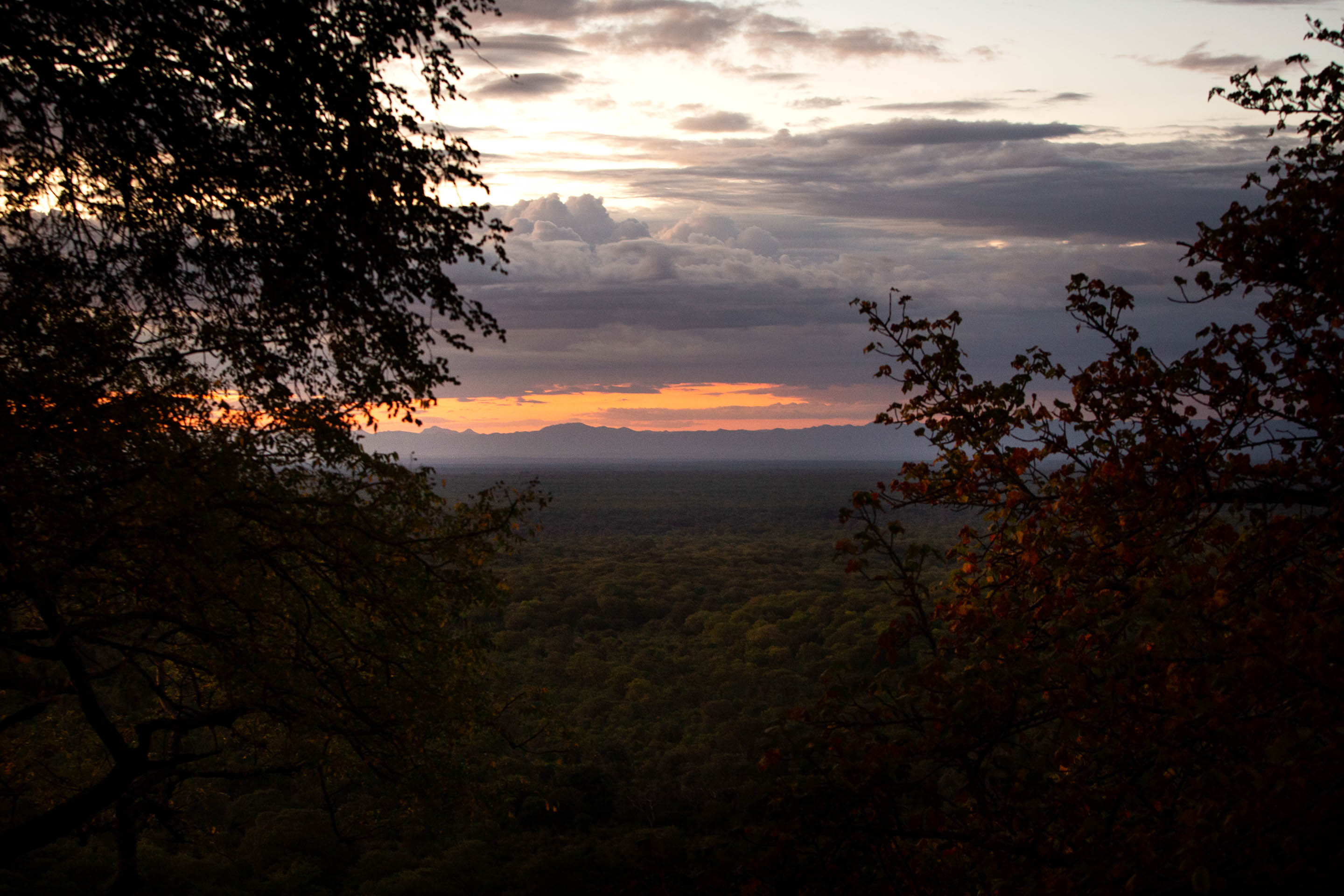
Hurungwe, a frontier region of rocky, rough, and hilly terrain extending south from the Zambezi escarpment, has witnessed historical displacement of both wildlife and local communities. The creation of national parks and the Kariba Dam, which controlled the movement of people and animals, effectively curbed the existing communal conservation practices.
Akashinga Community Supervisor Blessing Neya says she fears that for her generation and those to come, the once meaningful connection to wild animals and the environment could be lost. She works every day to ensure this is not the reality and says her biggest challenge is working in a diverse and growing community in which sentiment towards wildlife can often be “a mixed bag with different opinions, attitudes, and behaviour.”
After experiencing displacement, the descendants of Nyamakate’s original inhabitants have resettled themselves back home, and the community has been augmented by newer residents attracted by the good rains and fertile soil for farming. With more people settling in the area and more wildlife returning home, local communities face their own challenge of how best to coexist with wildlife. Elephants on the move can trample crops and eat grain. Predators sometimes steal livestock. Chamunorwa Chawasarira settled at India Village in 1980 and recalls that “elands, buffaloes, sable antelope, and duikers were among some of the many animals that were in Hurungwe. We would live harmoniously with them back then.” His statement and his experience of the past contains hope that the community itself holds the key to its own conservation success.
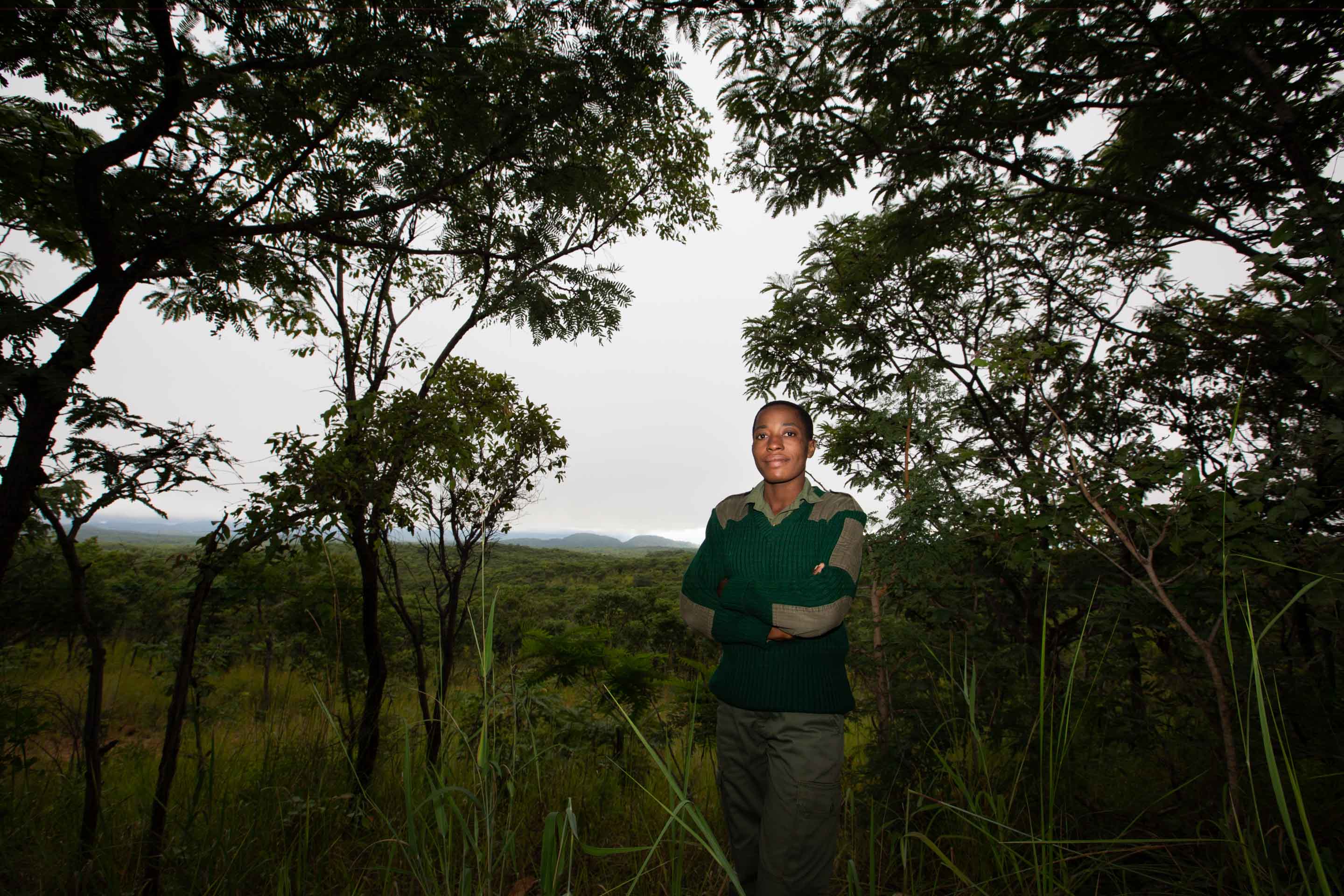
It’s a sentiment that the IAPF works to instil. “Community-led conservation means the community at the centre of conserving their own resources, ”explains Blessing. “They actively and willingly take part.” She uses the Shona word kuchengetedza which means ‘to keep’ when she attends community meetings or gives school talks, implying that conservation is about looking after what’s already important to you and keeping it safe. At a recent event in a local village, Chief Chundu claimed Nyamakate as Akashinga’s homebase, saying, “We are thankful that it started with us in Hurungwe.”
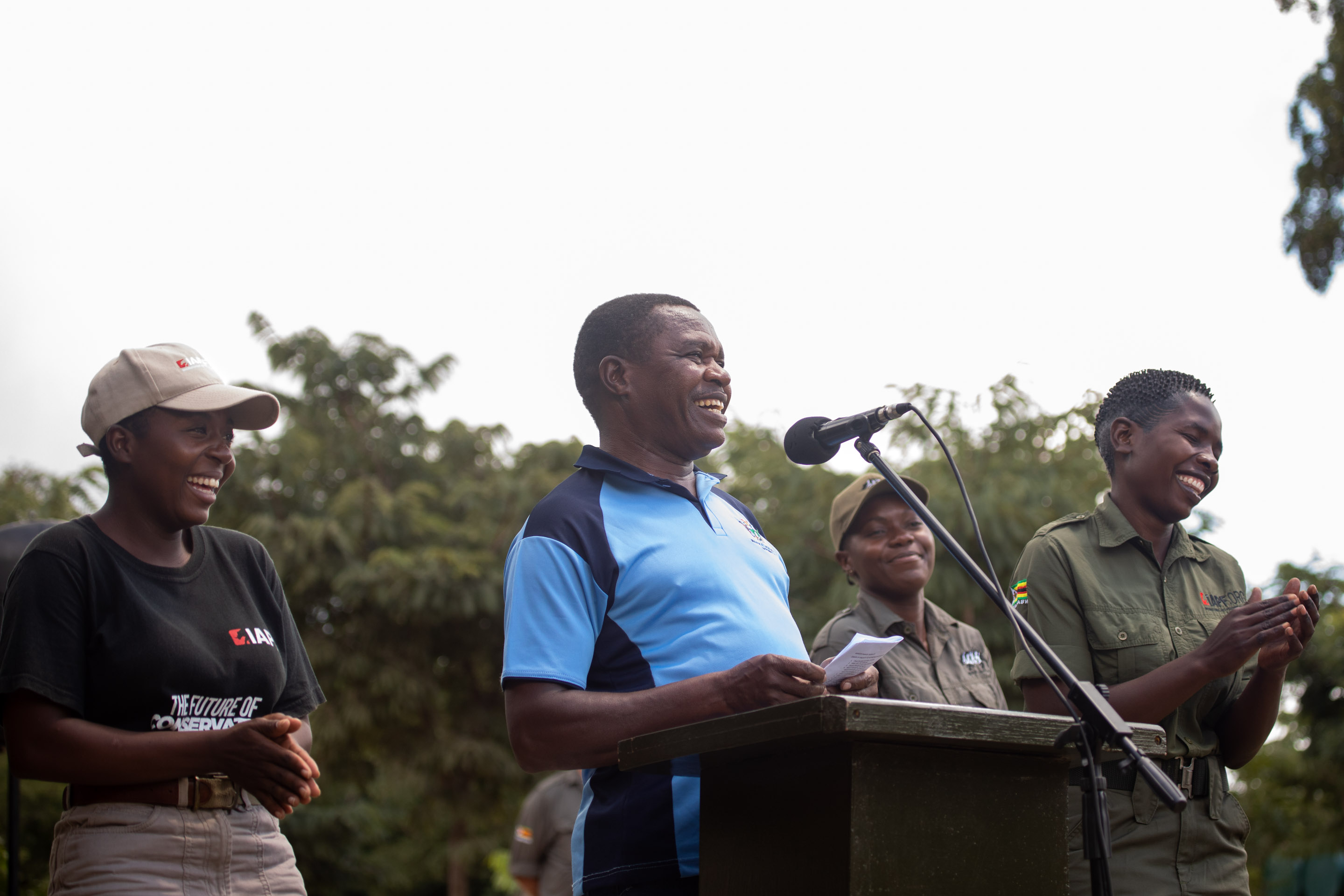
The IAPF’s decisive resource in local communities is Akashinga itself. Empowering women from the local communities by employing them as anti-poaching rangers and community liaisons has made an impact. The Akashinga invest their earnings directly back into their communities and help foster productive relationships. Through the organisation’s investment in local infrastructure and social enterprise, the lives of the Akashinga women themselves have been transformed, and their communities have seen significant improvements in healthcare, education, access to clean water, and sustainable employment opportunities. Many of these women are purchasing property and building their own homes, sending their children and themselves to school, and providing for their families while creating stronger economies within their communities.
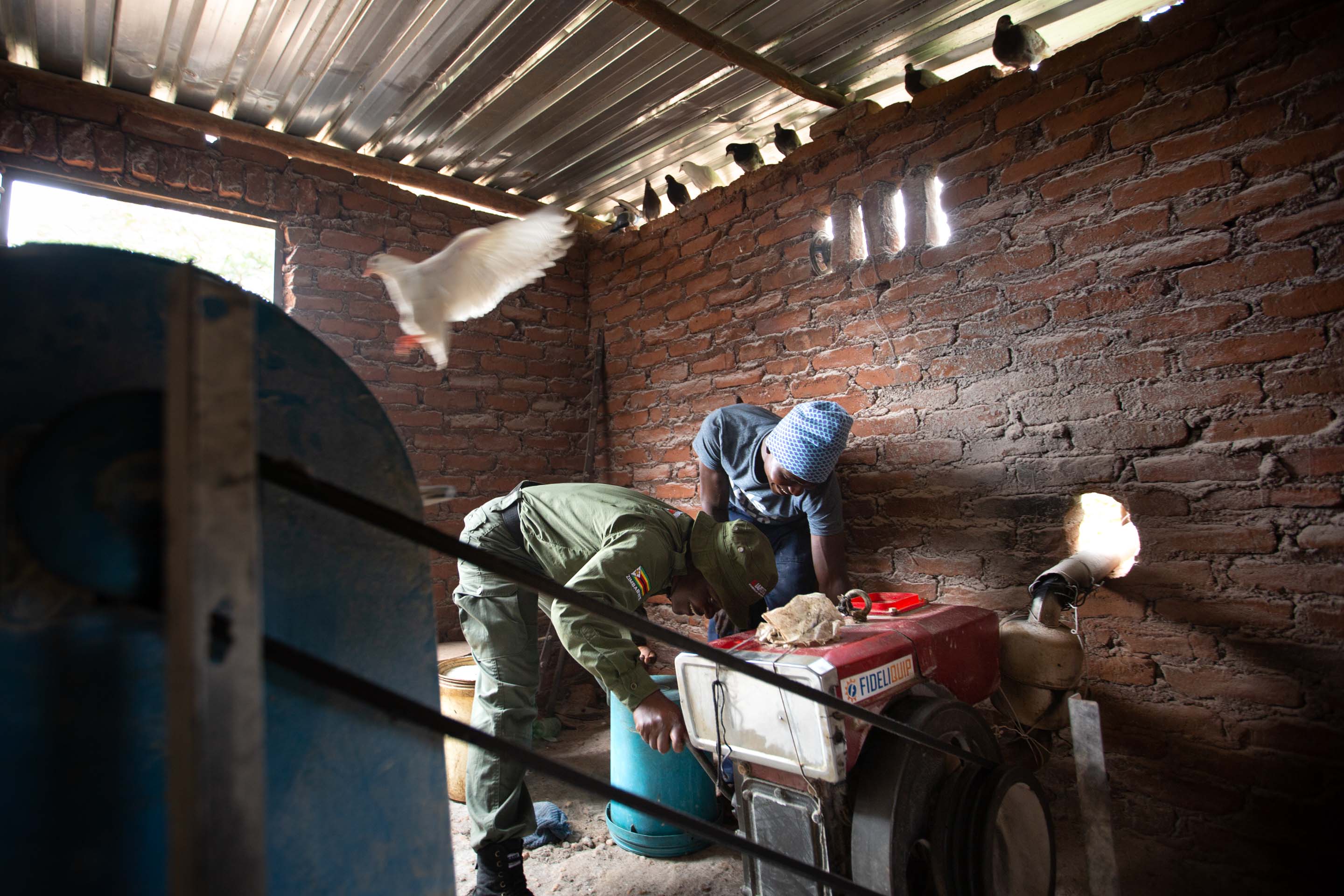
The success of the Akashinga has also shifted patriarchal mentalities, earning the respect of men in the Nyamakate like Chamunorwa, who recognise that “what these women do is not an easy feat.” Across vast regions in southern and east Africa, the Akashinga have changed the perception of women in conservation, proving that women have a critical role to play at the forefront of community-led nature conservation.
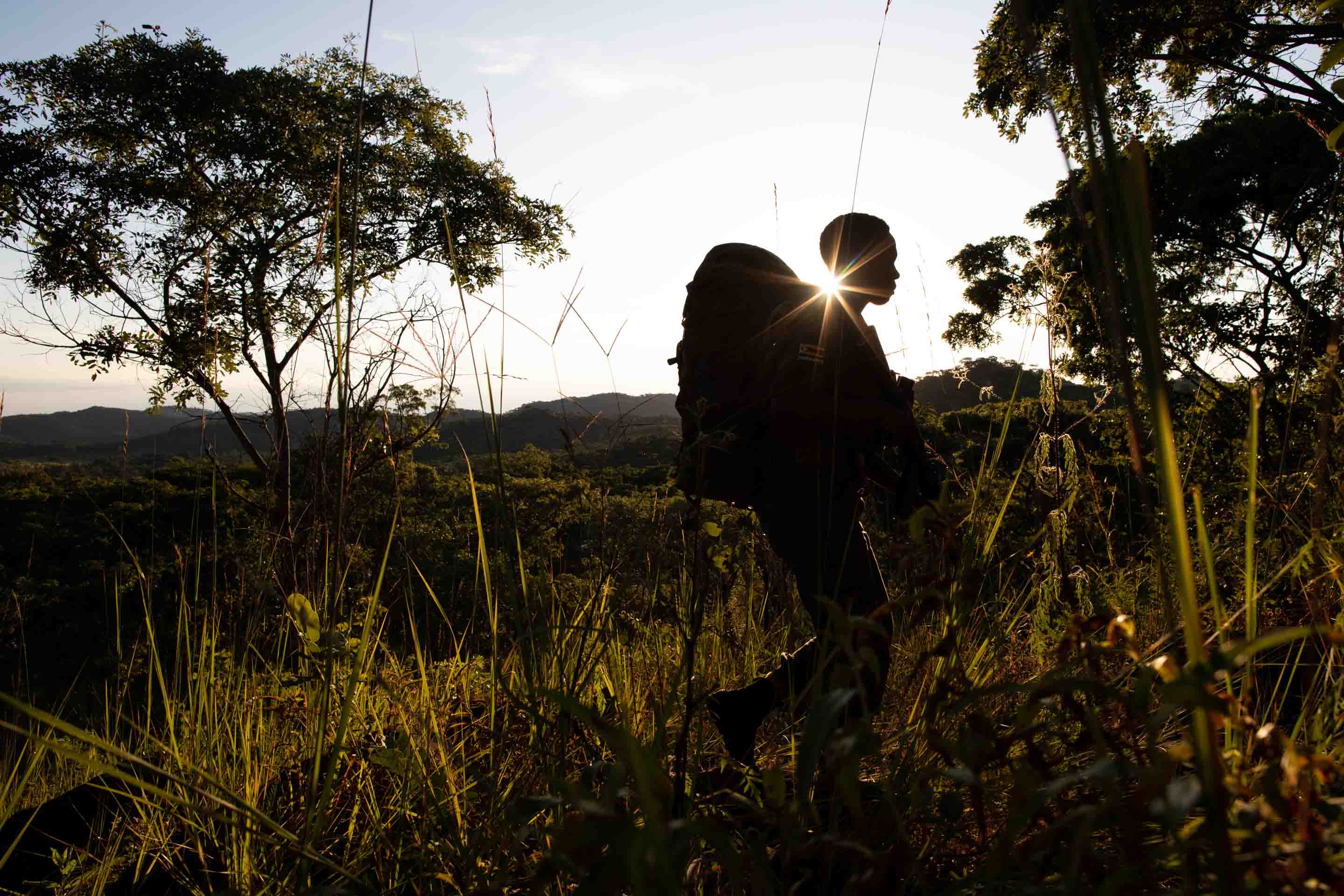
Chief Chundu has another good reason to be proud. Hurungwe has become a haven for wildlife, particularly over the last five years. Anecdotally, those who settled in Nyamakate years ago say they are fascinated by the return of wildlife, and this coincides with a reported 400% increase in wildlife sightings on the reserve. The Akashinga camp’s Reserve Manager Colin Cloete reports that poachers have become wary of the rangers, traversing the reserve quickly on their way to easier hunting grounds. He describes this region as a buffer zone between Mana Pools National Park and the surrounding communities. Those on the peripheries come to the IAPF for assistance to deal with the converse side of success – an increase in human-wildlife conflict, especially from elephants eating their crops and hyenas attacking livestock. Our work here is to help them best navigate these moments through strategies such as detailed workshops on human-wildlife conflict (HWC) and coexistence and the creation of fences that protect the communities’ vital resources and the people themselves.
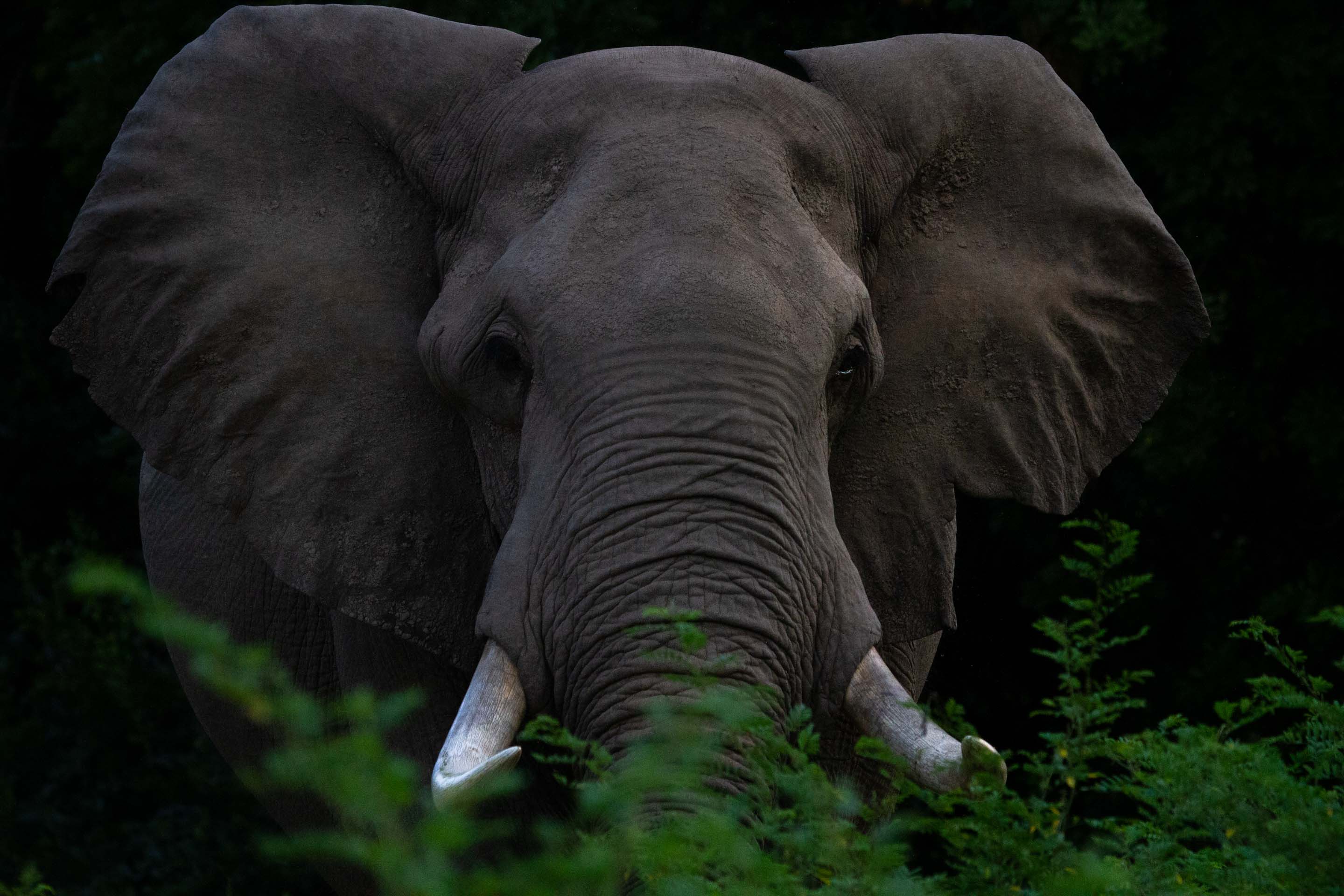
The reality is that HWC, particularly with elephants, has increased as human populations have expanded and as conservation strategies to curb illegal poaching have taken effect. Elephant poaching has steadily decreased in the mid-Zambezi Valley due to increased law enforcement, use of technology, and the integration of forces, including the police, anti-poaching units like Akashinga, and local communities. Today, Akashinga Rangers work alongside the Zimbabwe Republic Police (ZRP) and assist Zimbabwe National Parks staff with Problem Animal Control (PAC), while Reserve Manager Colin Cloete regularly consults with the local ward councillor. He is currently planning water projects that will attract animals towards the less populated Zambezi escarpment, relieving pressure on the community.
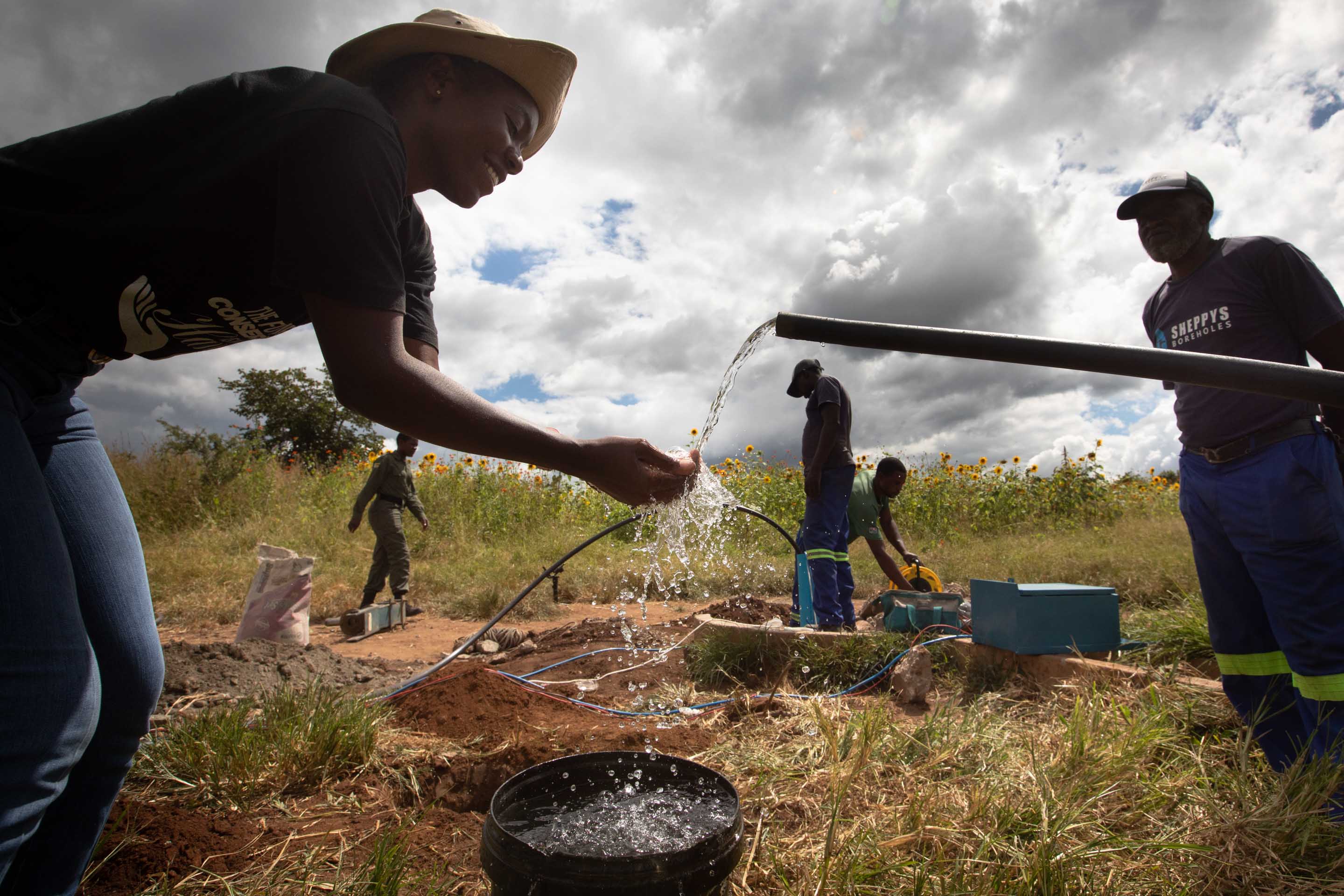
Davison Barangwira claims to have witnessed changes already. “I can see young people under thirty years old no longer have an interest in hunting, which means they are now understanding the importance of animals.” While short term gains are always encouraging, conservation education is ultimately a long-term game. The work in Hurungwe teaches us that meaningful conservation outcomes require an understanding of local context and a willingness to engage with communities to address their social issues.
As the IAPF expands our Akashinga model to other parts of the country and across the African continent, we remain ever vigilant in creating nature-based economies through social impact and rural development.
As for Blessing Neya, she continues the long-term work that will lead her community to regain their confidence in their local store of knowledge and view wildlife as integral to their identity.
